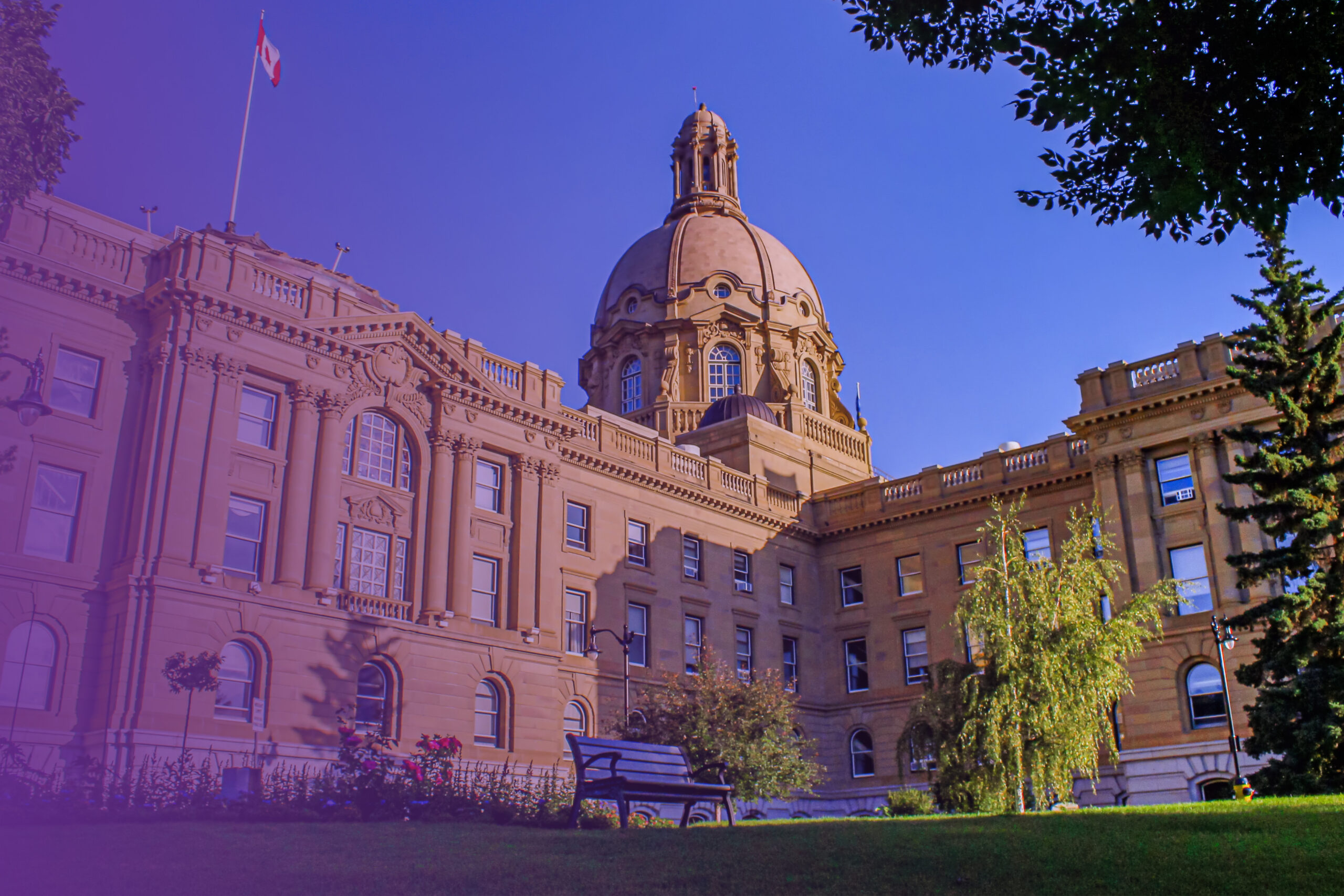A generation ago, the idea of Alberta leaving Canada was a fringe notion, more likely to be overheard in a bar than in a legislature. But today, it’s not just bumper sticker politics. It’s a serious undercurrent in our political landscape, stoked by alienation, economic frustration, and a growing belief that Confederation isn’t working for Alberta.
Recent polls show that support for Alberta independence is no longer insignificant. An Angus Reid survey in May 2025 found that 36% of Albertans support leaving Canada. That’s up from 29% in a Léger poll just a month prior. It’s far from a majority, but it’s more than enough to matter. And it’s enough that it should force Ottawa to pay attention.
When these so-called “fringe” voices are dismissed by those who disagree—branded as radical, far right-wing, or simply unrealistic rather than understood for the real pain points fueling their dissatisfaction—we end up with outcomes that appear improbable to outside observers, as we saw with Brexit and not one, but two Trump victories.
Premier Danielle Smith’s move to introduce legislation that would allow citizen-led referendums requiring just 10% of eligible voters to trigger a province-wide vote has given the idea newfound legitimacy. This isn’t an idle threat anymore. Alberta is laying the legal groundwork for a secession conversation. Whether we like it or not, it’s happening.
History teaches us that referendums can upend expectations quickly.
In the 1995 Quebec referendum, what started as a long-shot campaign turned into a national crisis. Early polls gave the federalist “No” side a comfortable lead, but once the campaign began, the “Yes” side gained momentum, and yet a significant number of undecided voters remained. The final result? A razor-thin 50.58% voted to stay in Canada. The “Yes” side, running on a campaign of pride and identity, came within 55,000 votes of breaking up the country.
Campaigns matter. Identity matters. And economic frustration can fuel both.
We saw it once again with Brexit. When David Cameron announced the UK’s EU referendum in 2015, few took the “Leave” camp seriously. Most polls showed a modest but steady “Remain” lead. But during the official campaign, “Leave” surged — driven by rural, working-class voters who felt dismissed, ignored, and economically squeezed. The final result shocked the world: 52% voted to leave, turning a fringe idea into an irreversible reality.
Alberta’s circumstances are not identical, but the mood feels eerily familiar.
There’s a long-standing sense in Alberta that we put in more than we get out, especially when it comes to natural resource revenues and federal decision-making. That sentiment has deep historical roots. The National Energy Program in the 1980s ignited Western fury and gave birth to the Western Canada Concept (WCC), a separatist party that briefly caught fire. In 1982, Gordon Kesler of the WCC won a by-election in Olds-Didsbury, the only separatist ever elected to the Alberta Legislature. It was widely seen as a protest vote, but protests have a way of planting seeds.
Now, in 2025, that same riding faces a by-election. And once again, separatist sentiment is on the rise. Will we see a mirrored outcome?
Other examples like Catalonia underscore the dangers of letting discontent fester. In 2017, Catalonia’s government held an unauthorized referendum on independence. Their discontent was fueled by economic differences, cultural identity, and perceived lack of respect from the Spanish government. Like Alberta, many Catalans feel they contribute more to Spain than they receive in return. Despite a low turnout, marred by police crackdowns and legal uncertainty, the Catalan Parliament declared independence, prompting the Spanish government to impose direct rule. Years later, the political wounds are still open.
But there’s one big difference between these cases and Alberta: legality.
The Clarity Act, passed after the Quebec near-miss, sets out clear and tough conditions for secession. Any referendum question must be unambiguous. The House of Commons gets to decide whether the result reflects a “clear majority.” And even then, leaving Canada would require major constitutional amendments. That means approval from Parliament, the Senate, and at least two-thirds of the provinces representing half the country’s population.
Put bluntly, Alberta can’t just vote to leave. It would require national agreement, and few have the political appetite to climb that mountain.
But legal barriers don’t erase political realities. A strong secession vote, even if symbolic, would trigger a national crisis and force federal leaders to engage. And that’s where the danger lies. Ignoring Alberta’s frustration or brushing it off as a fringe fantasy only strengthens the hand of those who want out.
We’ve seen this film before. When people feel unheard, they don’t quietly wait for their turn. They look for exits. Alberta doesn’t need to leave Canada. But if Canada wants Alberta to stay, it must start listening, and fast.



